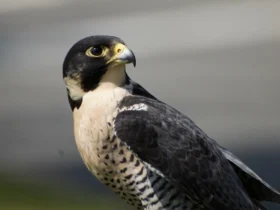In the vibrant and biodiverse rainforests of Papua New Guinea and nearby islands, a magnificent and iridescent bird graces the canopy—the Lesser Bird-of-Paradise (Paradisaea minor). With its breathtaking appearance, elaborate courtship dances, and symbolic significance, this stunning bird has captivated the imaginations of birdwatchers, researchers, and nature enthusiasts for centuries. Let’s delve into the enchanting world of the Lesser Bird-of-Paradise and explore the remarkable qualities that make it a true jewel of the avian kingdom.
Lesser Bird-of-Paradise images
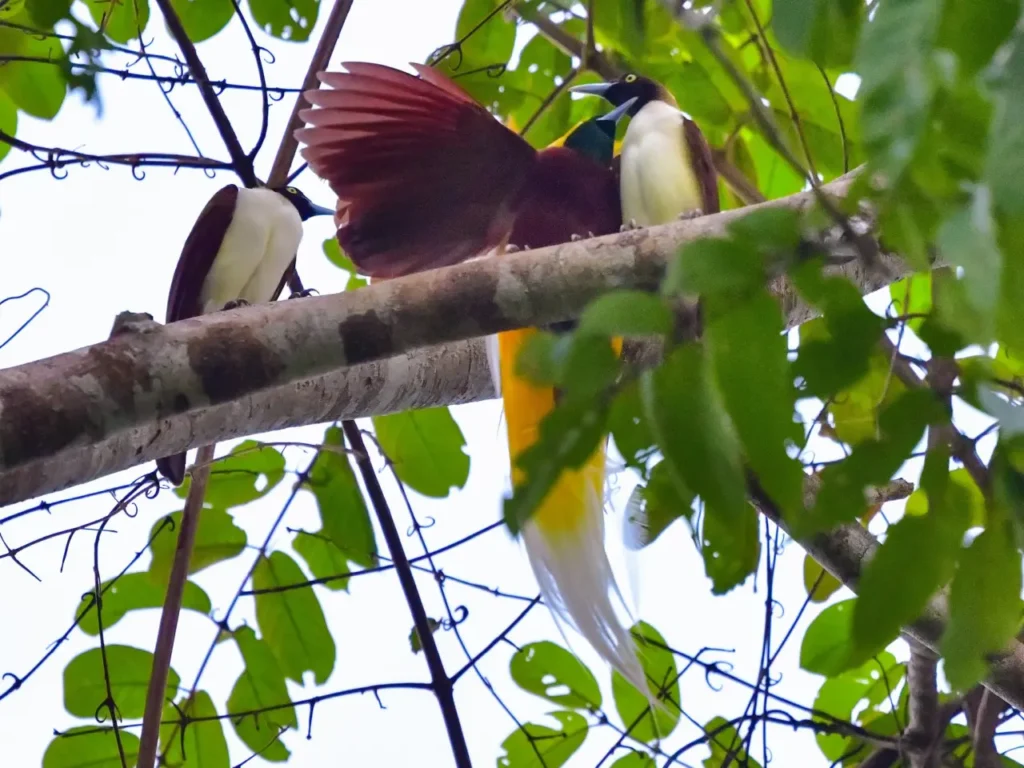

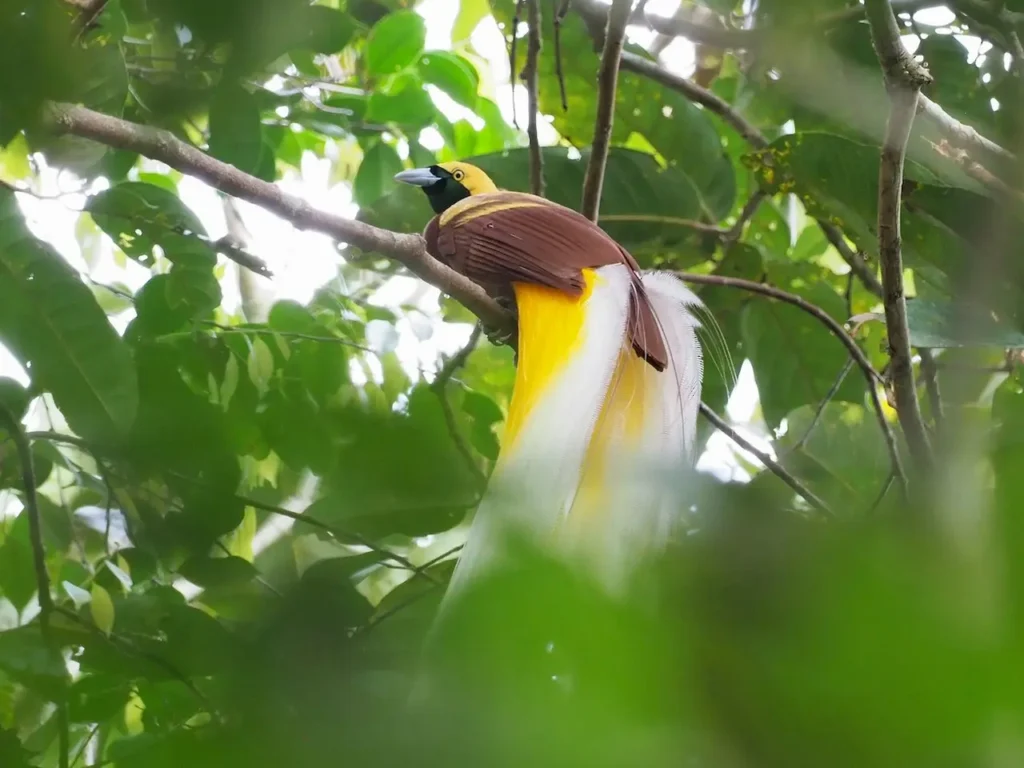
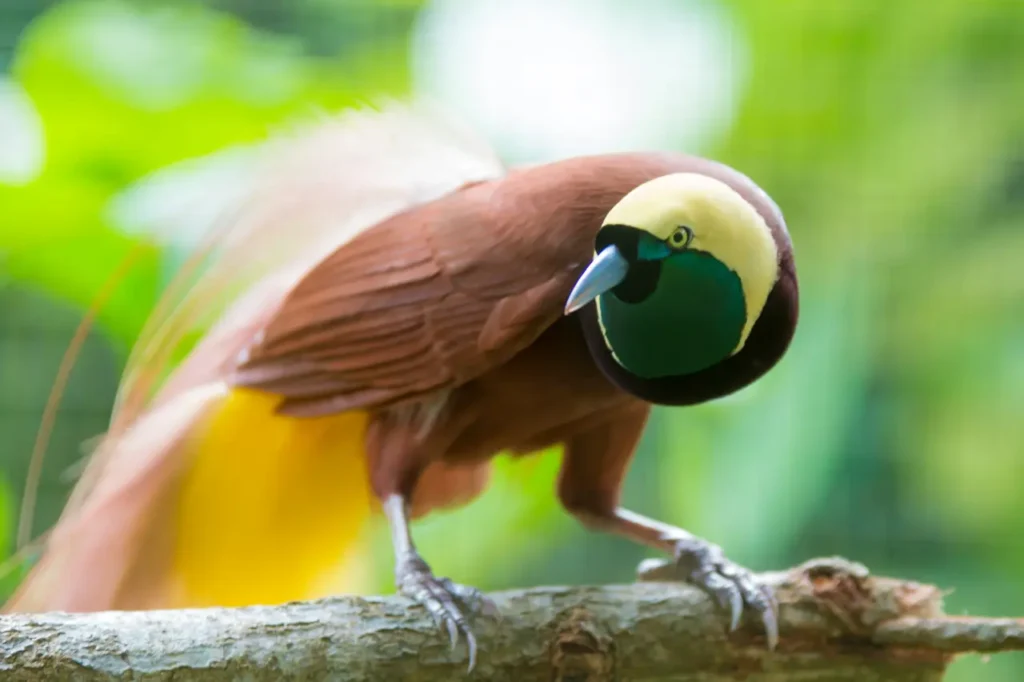
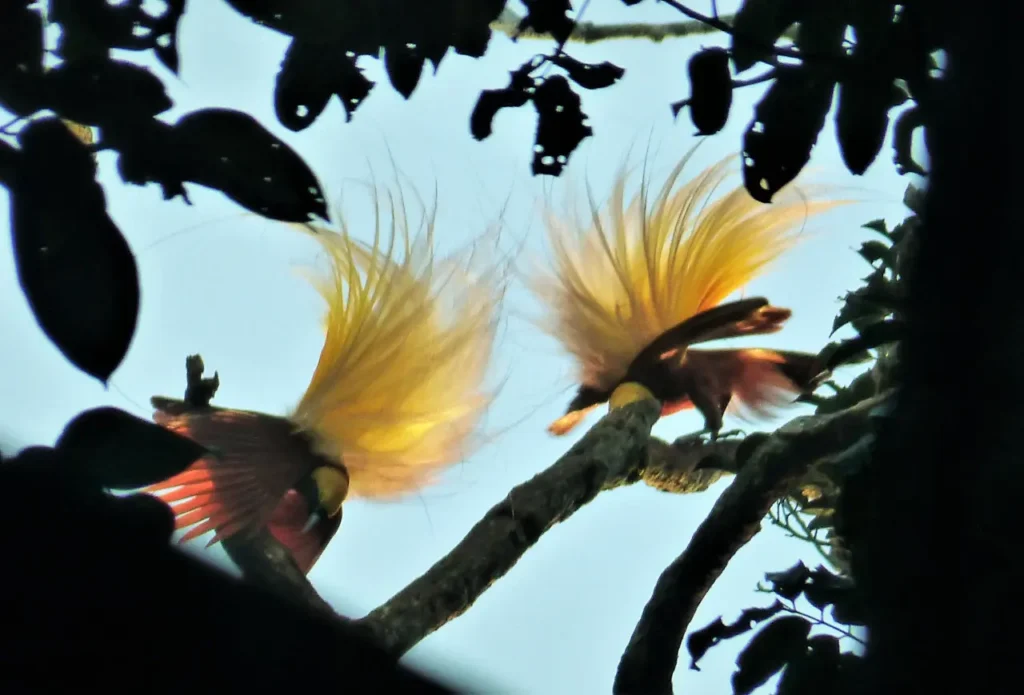
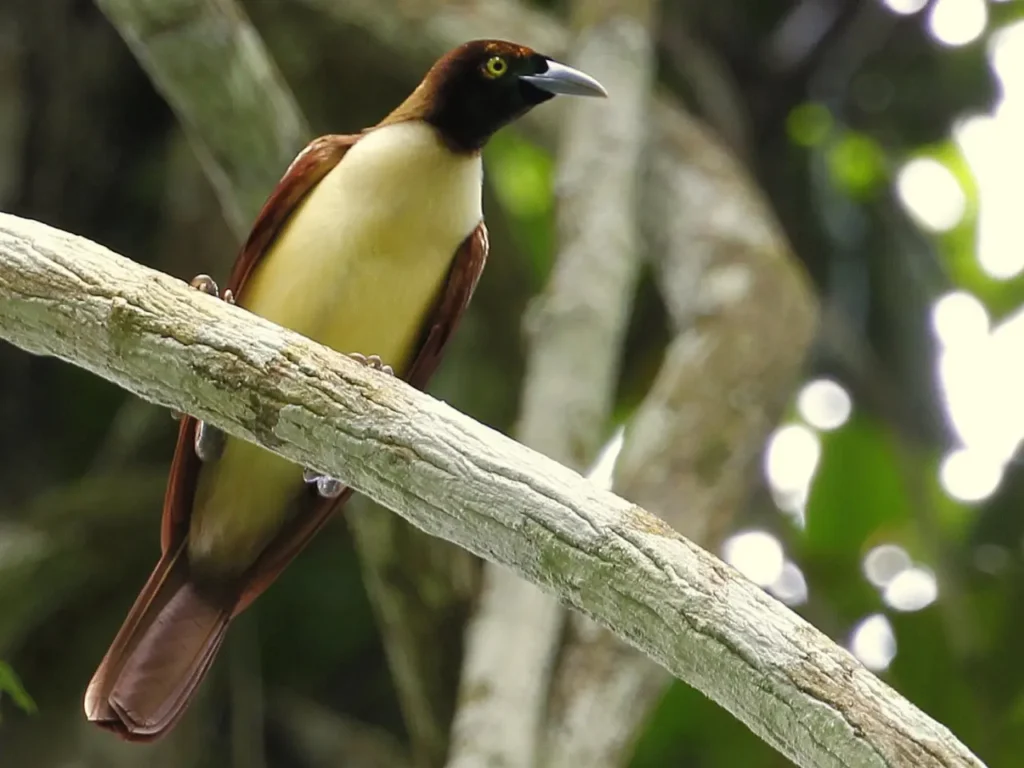
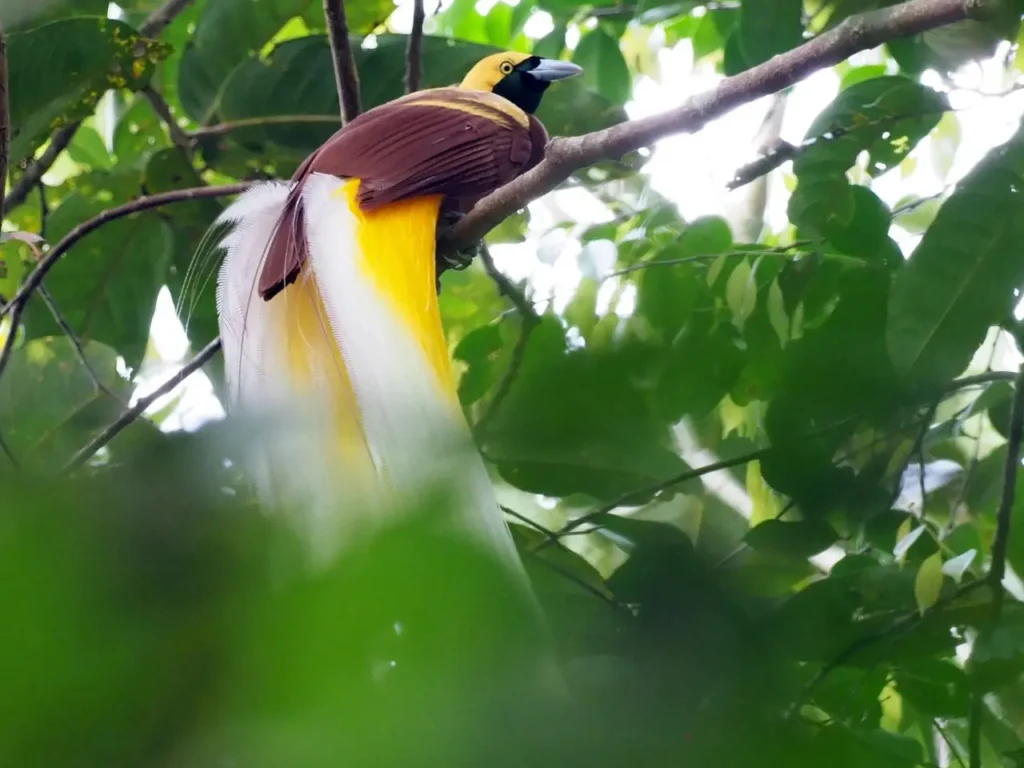
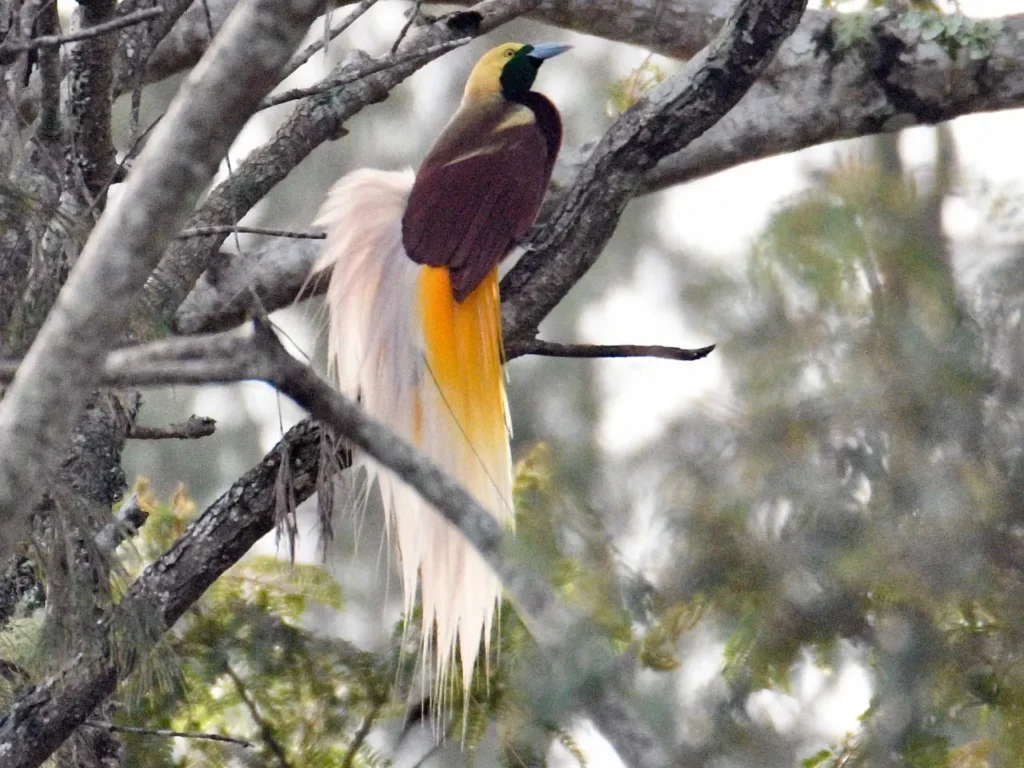
Appearance and Plumage
The Lesser Bird-of-Paradise is a medium-sized bird with a striking and extravagant plumage. The male, adorned in resplendent colors, is a sight to behold during the breeding season. He features a velvety black body with iridescent greenish-blue hues, while his head is adorned with a glossy yellow crown and turquoise-green face patches.
One of the most distinctive features of the male is his long and elegant tail, consisting of two wiry feathers that extend far beyond the bird’s body. These elongated tail feathers have intricate orange and white markings, resembling delicate threads, and add to the bird’s dramatic appearance.
The female, on the other hand, is more understated, with a predominantly brown plumage that provides excellent camouflage amid the rainforest foliage.
Habitat and Distribution
The Lesser Bird-of-Paradise is native to the rainforests, swamps, and lowland forests of Papua New Guinea, as well as the surrounding islands of the nearby archipelagos. These birds prefer dense and tropical environments where they can find abundant food sources and suitable nesting sites.
Due to their preference for remote and hard-to-access habitats, observing Lesser Bird-of-Paradise in the wild can be challenging, further adding to their allure and mystique.
Elaborate Courtship Rituals
During the breeding season, the male Lesser Bird-of-Paradise performs extraordinary courtship rituals to attract a mate. His elaborate display involves fluffing up his plumage, raising his wings, and showcasing his vibrant colors to create a mesmerizing spectacle.
Perhaps the most captivating part of his courtship dance is the impressive transformation of his tail. The male flips upside down, displaying his stunning tail feathers in full splendor, resembling a shimmering, celestial fan. The breathtaking dance aims to mesmerize and charm the female, who observes the performance with discerning eyes.
Cultural and Symbolic Significance
For the people of Papua New Guinea, the Lesser Bird-of-Paradise holds significant cultural and symbolic importance. It is considered a symbol of beauty, grace, and prestige, and its feathers have been used in traditional costumes and ceremonial rituals for generations.
Sadly, the bird’s symbolic significance has also led to its exploitation, with hunting and poaching posing threats to some populations. Conservation efforts aim to protect these magnificent birds and their habitats, raising awareness about their importance in the ecological balance of the rainforests.
A Jewel Among Feathers
The Lesser Bird-of-Paradise, with its resplendent plumage and elaborate courtship rituals, stands as a jewel among feathers—an avian masterpiece amid the lush rainforests of Papua New Guinea. As we explore the remarkable diversity of the avian world, the Lesser Bird-of-Paradise reminds us of the awe-inspiring beauty and complexity found within nature.
By cherishing and protecting these captivating creatures and their habitats, we ensure that future generations can continue to marvel at the elegance and allure of the Lesser Bird-of-Paradise—a true jewel of Papua New Guinea and a precious gem of the bird-of-paradise family.
